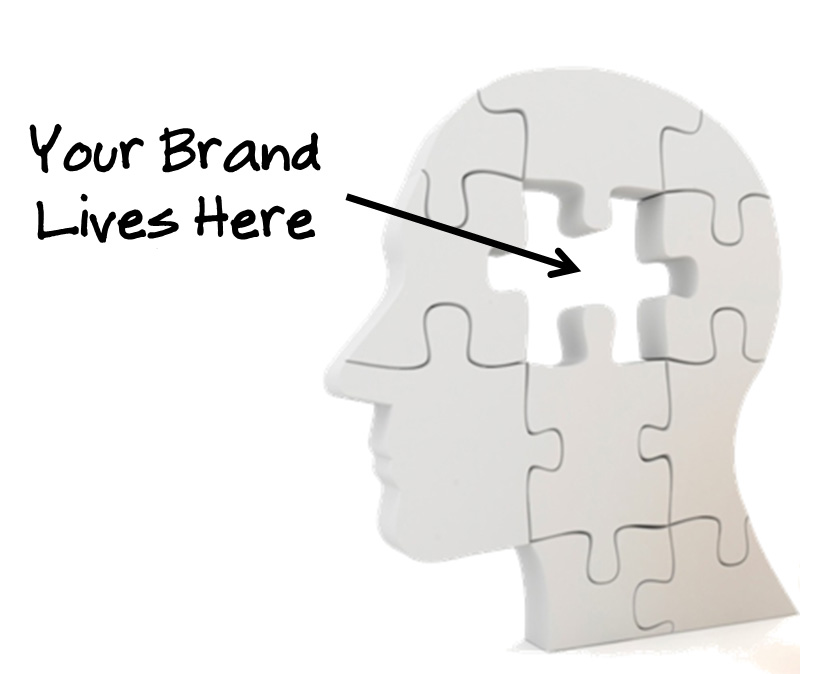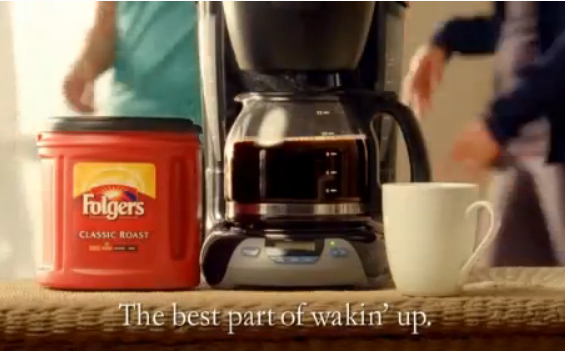As previously revealed in this space, the Age of the Seller is succumbing to what I’ve named The Age of the Customer®. In this new Age, control of the relationship between Seller and Customer has shifted to the latter.
This paradigm shift is largely caused by online platforms that are: 1) increasing the access customers have to information about Sellers and their products; 2) allowing customers to express and share what they’ve learned about and experienced with a business.
 The first element above has created what I call, the “Moment of Relevance™,” where customers have access to virtually all the information they need before you know they’re interested, and prospects are similarly informed before you even know they exist. Such access to information is changing—or disrupting—the way you market to and connect with customers, as well as how you train sales people. Plus it demonstrates why your greatest danger in The Age of the Customer isn’t being uncompetitive, it’s becoming irrelevant.
The first element above has created what I call, the “Moment of Relevance™,” where customers have access to virtually all the information they need before you know they’re interested, and prospects are similarly informed before you even know they exist. Such access to information is changing—or disrupting—the way you market to and connect with customers, as well as how you train sales people. Plus it demonstrates why your greatest danger in The Age of the Customer isn’t being uncompetitive, it’s becoming irrelevant.
To some, the second element looks like the new kid on the block. But it’s actually the new iteration of an ancient marketplace maxim that describes the practice of word-of-mouth: “If you make customers happy they will tell someone; if you make them unhappy they will tell 10 people.” The theory behind the 1:10 ratio is that all businesses, regardless of size, are motivated to perform, or risk a marketplace indictment by the judge and jury of word-of-mouth.
In the new Age, online platforms have caused word-of-mouth to transmogrify into a powerful dynamic called “user generated content,” aka UGC. This is when customers post their experiences, questions, praise or condemnation about a seller’s products, services, and general behavior in the marketplace. In the vernacular, it’s word-of-mouth on steroids.
Indeed, if the word-of-mouth maxim were coined today it would sound like this: “Customers may post their opinions online—positive or otherwise—about your business, making it available potentially to millions.” To paraphrase Mark Twain, comparing word-of-mouth to UGC is like comparing a lightning bug to lightning.
In The Age of the Customer, two of the new things every business must do are: 1) anticipate that customers are already well informed; 2) track and respond to UGC about your business. And how well you do these two will influence whether the new customer control becomes a handy lever to growth, or a disruptor that makes you irrelevant.
It’s the Age of the Customer—are you prepared for the Moment of Relevance?
















